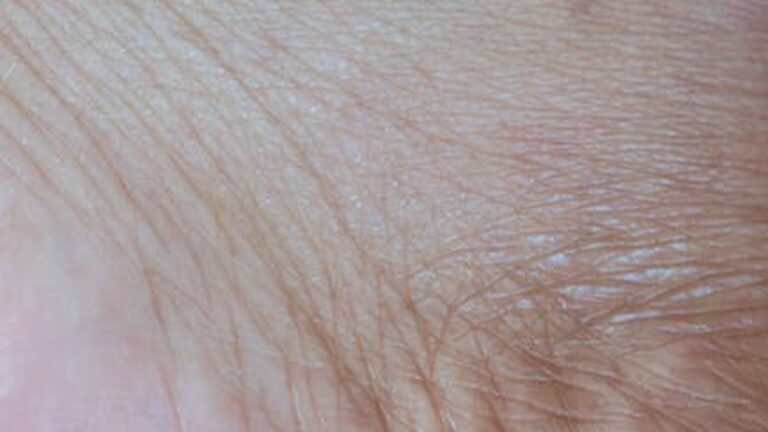Tech-Free Sleep Sanctuary: Creating a Relaxing Bedtime Routine for Optimal Sleep Quality
The Importance of a Tech-Free Sleep Sanctuary
In today’s hyper-connected world, it’s easy to let technology creep into every aspect of our lives, including our sleep. However, the blue light emitted from our screens, the constant notifications, and the mental stimulation can wreak havoc on our sleep patterns. A tech-free sleep sanctuary is a dedicated space and routine designed to minimize these distractions and promote restful sleep.
Poor sleep quality impacts everything from our mood and energy levels to our cognitive function and overall health. By creating a calming and tech-free environment, you can significantly improve your sleep and wake up feeling refreshed and ready to tackle the day.
Understanding the Impact of Technology on Sleep
Before diving into creating your tech-free sanctuary, it’s important to understand why technology is so detrimental to sleep.
Blue Light and Melatonin
Electronic devices emit blue light, which suppresses the production of melatonin, a hormone that regulates sleep. When melatonin levels are low, it becomes harder to fall asleep and stay asleep. Imagine trying to tell your body it’s time for bed when it still thinks it’s daytime!
Mental Stimulation and Anxiety
Scrolling through social media, checking emails, or watching videos before bed can overstimulate your brain, making it difficult to relax and unwind. The constant stream of information and the potential for stressful content can trigger anxiety and keep you awake.
Disrupted Sleep Schedules
Using technology in bed can lead to inconsistent sleep schedules. Binge-watching shows or playing games until late at night can disrupt your body’s natural sleep-wake cycle (circadian rhythm), making it harder to fall asleep at a reasonable time.
Creating Your Tech-Free Sleep Sanctuary: A Step-by-Step Guide
Transforming your bedroom into a haven for sleep requires a conscious effort and a commitment to breaking bad habits. Here’s how to get started:
1. Establish a Tech-Free Zone
The first and most crucial step is to ban electronic devices from your bedroom. This includes smartphones, tablets, laptops, televisions, and even e-readers. If you use your phone as an alarm clock, consider investing in a traditional alarm clock instead.
2. Optimize Your Sleep Environment
Create a comfortable and relaxing sleep environment by focusing on these elements:
- Darkness: Use blackout curtains or blinds to block out any external light.
- Quiet: Use earplugs or a white noise machine to minimize noise distractions.
- Temperature: Keep your bedroom cool, ideally between 60 and 67 degrees Fahrenheit.
- Comfort: Invest in a comfortable mattress, pillows, and bedding.
3. Develop a Relaxing Bedtime Routine
A consistent bedtime routine signals to your body that it’s time to wind down and prepare for sleep. Here are some ideas:
- Take a warm bath or shower: The change in body temperature can promote relaxation.
- Read a book (a real book, not an e-reader!): Reading can help you unwind and escape the stresses of the day.
- Listen to calming music or a guided meditation: Choose music or meditations that are specifically designed to promote relaxation and sleep.
- Practice gentle stretching or yoga: These activities can help release tension and promote relaxation.
- Drink herbal tea: Chamomile or lavender tea can have a calming effect.
4. Wind Down Gradually
Avoid stimulating activities in the hours leading up to bedtime. This includes working, watching intense movies, or engaging in heated discussions. Give yourself at least an hour or two to wind down before getting into bed.
5. Be Consistent
Consistency is key to establishing a healthy sleep routine. Try to go to bed and wake up at the same time every day, even on weekends. This will help regulate your body’s natural sleep-wake cycle.
Troubleshooting Common Challenges
Creating a tech-free sleep sanctuary isn’t always easy. Here are some common challenges and how to overcome them:
- FOMO (Fear of Missing Out): Remind yourself that disconnecting from technology will ultimately improve your well-being and allow you to be more present in your waking hours.
- Boredom: Find alternative activities to fill the time you would normally spend on your devices. Reading, journaling, or spending time with loved ones are great options.
- Withdrawal Symptoms: It’s normal to experience some withdrawal symptoms when you first start reducing your technology use. Be patient with yourself and stick with your routine.
The Rewards of a Tech-Free Sleep Sanctuary
Creating a tech-free sleep sanctuary is an investment in your health and well-being. By disconnecting from technology before bed, you can improve your sleep quality, reduce stress, and wake up feeling refreshed and energized. Embrace the power of a restful night’s sleep and experience the transformative benefits of a tech-free bedtime routine.
Say goodbye to restless nights and hello to a more peaceful and productive life!






